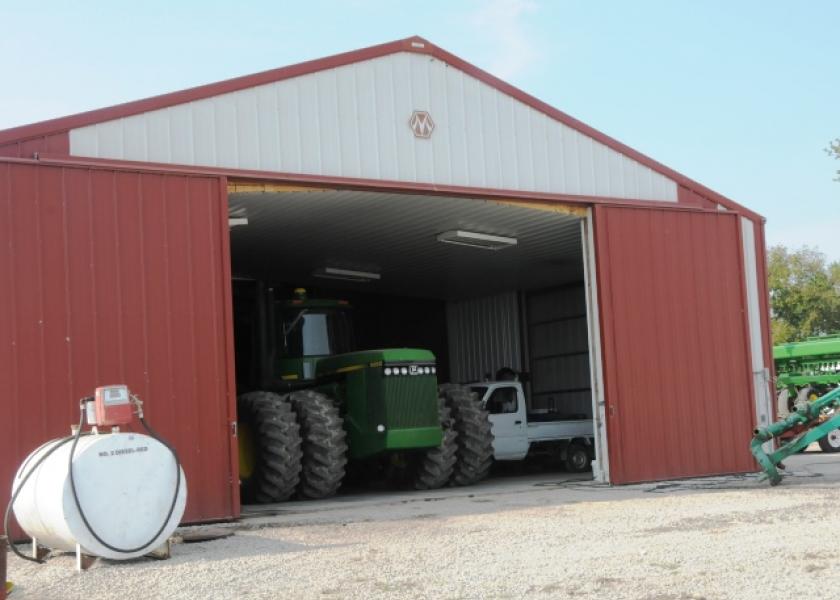Play the Long Game in Machinery Investments

Here's how to achieve long-term equipment management success
Equipment is the No. 1 or No. 2 largest line-item expense in cost of production, and arguably the most misunderstood and mismanaged.
Increased commodity prices, good yields, and the lasting effects of 2020 markets and additional income have farms making changes on a large scale. Many farms have held off on upgrades or trades due to low commodity prices for several years, and now is the time to make a change.
Whether you upgrade your lineup every decade or every few years, here are a few decision-making strategies to set yourself up for future success.
Identify your wants, needs and wishes.
We all have them, and we are all guilty of failing to take the time to prioritize changes. Could some equipment face major repairs in the next year or two? How will your operation continue to grow (however you define growth) if you are missing key pieces of equipment? Massaging chairs in the tractor sound nice, but which of the three categories does that fall in? Make a list and prioritize equipment needs.
Know your TRUE equipment cost.
If you were paying someone to do your field work, would you expect them to operate at a loss? Of course not! You shouldn’t either. But, how do we know that cost? Many operations create an equipment entity, LLC or S Corp most commonly, to keep books clean, track true costs, and manage equipment better. Guess what … it works. You can’t improve what you don’t measure. Find the way that works best for your business and stick to it. Then, put that information back into your marketing plan in the form of cost per bushel or overall budget to know your true breakeven price and profit margin.
Manage your trade plan three to five years out.
You know how many hours you put on your machines, the acres they cover, and when you need or want to make a change in the lineup. If you’re anything like me, your capital expenditure wish list and your budget don’t always match. Because of this, most people avoid managing equipment trades like the plague. A wise man once told me “You can be happy or you can be informed,” when it comes to managing difficult decisions in your business. I choose to be informed. Use a tool like the one below to map out your plans for change over the next few years. This accomplishes three things:
- It forces you to make a trade plan for every piece of equipment used on the farm.
- Assigning a dollar amount makes you ask the right questions and look into what it might cost.
- Adding up the total cost of your trade plan puts an annual number on the cost of change and reduces shock when it comes time to make changes (see “be informed”).
What we often hear is farm operations talking about future trades “three to four years from now.” Then when it’s on paper they realize 2024 isn’t that far away and there is a pretty big number behind that dollar sign. Should we trade sooner to alleviate cash flow, or can we wait longer to trade elsewhere?
Farm businesses that understand and manage their equipment costs and trade plans in the next 10 years are those who will still be farming in 30 years.
A Machinery Investment Tool

What decisions can be made from a tool like this?
- Honing in on the true priority of replacement or additions to the fleet.
- Understanding future capital expenditure and ensuring equipment management and crop marketing line up with your cost of production to allow for these changes.
- Providing a plan to the lender- just having a plan will set you a step above the rest.
- Great information and candid conversation with your equipment dealership. They can better plan, often find deals, and understand and better serve you as a provider if they know how to best help (equipment dealers, take note).
For an interactive and adjustable copy of the pictured tool or to discuss equipment management and business structuring in-depth, contact me at shay@agviewsolutions.com







